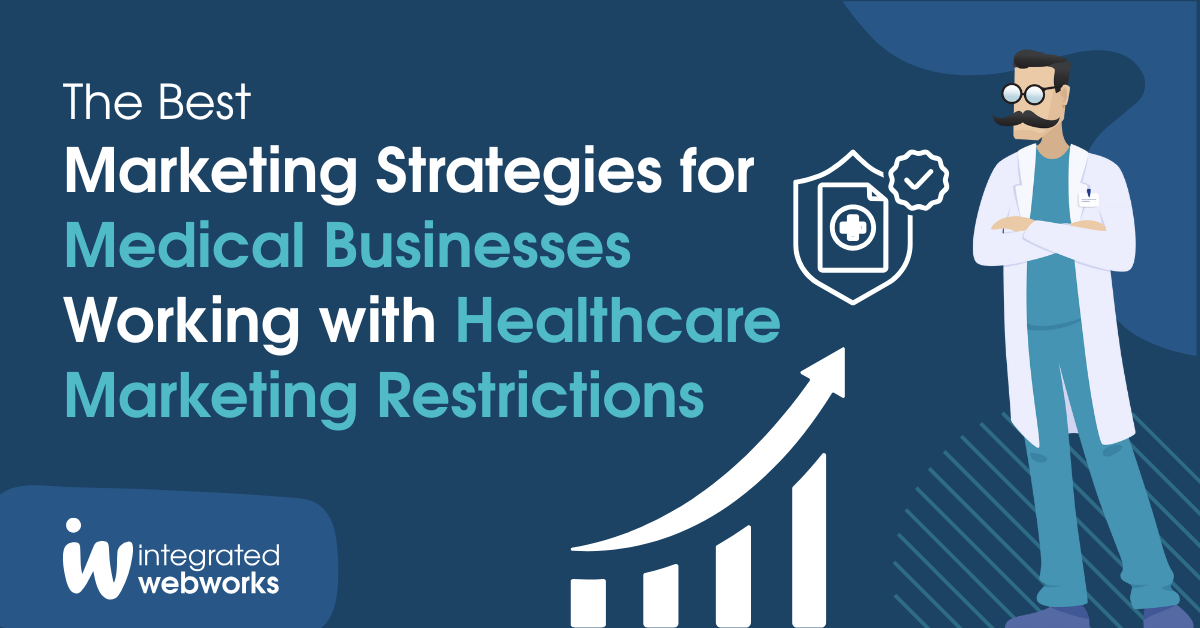
Marketing a medical business comes with unique challenges. Unlike other industries, healthcare companies must navigate strict regulations that govern advertising, patient communications, and the way services are promoted. Between HIPAA compliance, truth-in-advertising laws, and platform-specific restrictions (such as Facebook and Google’s policies on medical advertising), healthcare businesses need to be extra mindful when developing marketing strategies.
The good news is that compliance doesn’t mean creativity has to suffer. With the right approach, medical practices, urgent care centers, dental offices, and other healthcare providers can build strong, trustworthy brands while staying within industry rules.
Below are some of the most effective—and compliant—marketing strategies for healthcare businesses.
1. Focus on Education, Not Promotion
Patients want reliable information, not flashy sales pitches. Instead of overly promotional ads, create content that educates and empowers your audience. Examples include:
By positioning your practice as a trusted source of knowledge, you build credibility and attract patients naturally.
2. Highlight Reviews and Patient Experiences (Within Guidelines)
Patient testimonials are powerful, but healthcare businesses must be careful when sharing them. Always obtain written consent before publishing reviews or stories and never share protected health information without authorization.
Platforms like Google Business Profile, Healthgrades, and Yelp make it easy for patients to leave feedback. Highlighting these reviews on your website or social channels (with consent) builds trust and social proof.
3. Use Local SEO to Reach Patients Nearby
Most patients search for healthcare services close to home. Optimizing your website for local SEO ensures your business shows up when someone searches “urgent care near me” or “dentist in [city].” Key steps include:
4. Invest in Compliant Digital Ads
Paid advertising works—but in healthcare, the rules are tighter. Google Ads, Facebook, and Instagram have restrictions on targeting and wording, especially around sensitive conditions. Google Ads, specifically, has a policy that prohibits targeting based on ‘personal health’ – meaning you can’t target patients by their health conditions. This means that using specific keywords like “treatment for kidney stones”, “surgery for bunions”, and more may get your ad flagged or restricted. In order to make sure you abide by these rules:
5. Leverage Email Marketing for Patient Engagement
Email remains one of the most effective channels for patient communication. Use it to:
Just make sure you’re following HIPAA guidelines by protecting personal health information and using secure platforms.
6. Build a Strong Social Media Presence
Even with restrictions, social media is a valuable tool for medical businesses. You can:
The key is to keep it professional, informative, and engaging—without discussing individual patient cases publicly.
7. Track Analytics and Continuously Improve
Compliance aside, healthcare marketing works best when it’s measurable. Track your website traffic, ad performance, and patient inquiries. Use this data to refine your strategy over time while staying aligned with regulations.
Healthcare marketing comes with its fair share of red tape, but it also offers an opportunity: businesses that succeed within the restrictions stand out as trustworthy, credible, and professional. By focusing on education, patient experience, and compliance-friendly tactics, medical businesses can grow their brand and reach more patients—without crossing regulatory lines.
Share This Page